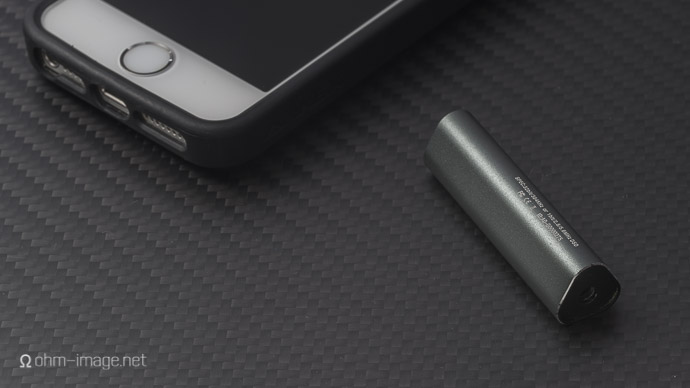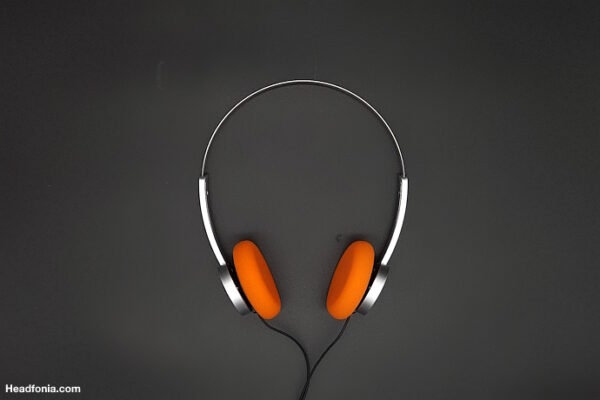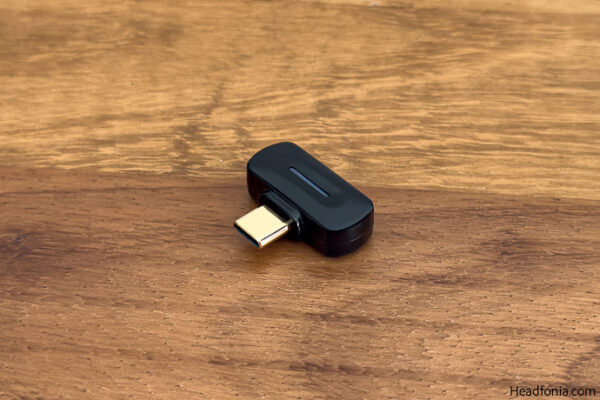The star of this week’s Picture Sunday is Audirect’s Whistle, a 32bit/384kHz or ibit 2,8 / 5,6 mHz DSD dongle for your smartphone. It’s 99$ and you can find out all about it here: Whistle DSD DAC.
UPDATE: original article included the misspelling: Audiodirect. The company is called: Audirect.
Relevant links:
RMAA: nextDrive Spectra 24-bit
RMAA: Cozoy TAKT 24-bit
RMAA: Cozoy REI 24-bit
RMAA: Apple’s Lightning to 3,5 mm Headphone Jack Adapter 24-bit
We’ve reached the point of excellence. Cozoy’s Rei and TAKT, and dongles from non-audio companies such as nextDrive, perform like champs. Sometimes, they both measure and sound better than dedicated DAPs. Sometimes they also catch the eye. Whistle reminds me of an extruded metalic onigiri. Party ready.
The brands, Audirect and nextDrive, sound like a fly-by-night sonic flea markets but both Spectra and Whistle are anything but.
Whistle is solid, easy to use, cutely named, and works with a variety of smartphones and DAPs, and comes at a great price. Finally, thanks to its angles, it won’t roll off your desk.
Tuesday I’ll write more about it, but for now I’d like to touch a few things that bother me about the market as a whole.
1. Why am I the only one to publish measurements of these things?
2. Why do companies like Audirect with a solid product use photos from user reviews to advertise their products?
3. Can we expect further products from Audirect, or is this triangle thing their first and last major debut?
4. Why don’t Apple advertise these things more?

5. Especially since courageously removing the headphone jack from their latest phones, the last question is the most interesting. Commensurate to its price, Rei performs the best. TAKT isn’t that far behind. Neither is the Spectra, and, Whistle performs admirably considering how much power it outputs for its price. Miniaturisation has come a long way. Spectra barely jitters, makes almost no hiss, and outputs a signal louder than every iPhone out there. To that it holds signal under load well. If they got their acts together, Apple and Audirect might offload a boat load of these to Christmas stockings. Unfortunately, it’s hard to sell a dongle. Regular folk are skeptical; and audiophiles would rather throw money at an expensive DAP. Why few to no reviewers publish measurement results contrasting the dongle with their smartphone begs the question: do they hold simple a priori beliefs that merely because it is sold as an audio upgrade a dongle automatically sounds or performs better than the smartphone or DAP into which it is plugged?
I’d like to know. I’ve thrown my weight behind a few products that under test conditions measure worse than the product they supposedly upgrade. It’s not always about measurable performance. But if a product measures better than an iPhone (as Whistle does), why not prove it?
Audiorect’s English-language website runs photos from reviewers, which may lead potential purchasers to conclude that those that review their stuff are shills or that the manufacturer doesn’t trust their brand. The latter may be the case, but there’s no reason it must so be.
Come Tuesday you’ll see why I think Whistle is worth it, and concurrently why I wish they worked harder on their image.










Lieven
And do include the maybe most known dongle from AudioQuest, the Dragonfly
ohm image
Alas I don’t have a dragon fly.
Micah
Interested to hear your thoughts on this. I’ve had one for a while, but I haven’t published anything.
ohm image
Two more days.
CYMBACAVUM
Yet another SABRE9018Q2C implementation. They’re more or less all the same, give or take a volume control button here and there, and variance in the clock generator and voltage regulators being used inside. It’s good that this one’s coming at under $100, and with one of the MFI-spoofing Lightning cables. The SMSL iDEA is cheaper at <$80, but it doesn't include one of those (bordering on illegal) "Apple" cables. I dislike that the folks at Audiodirect don't even know how to publish its specs correctly, and dislike that NextDrive just publishes ESSTech's specifications instead of quoting real-world performance. SMSL is the most honest about the iDEA's real world performance and is brave enough to include pictures of its PCB inside. The Cozoy TAKT Pro is probably the most solidly made, and knowing the folks behind the operation, they most likely use performance parts inside. However, it's far and away the most expensive of these 9018Q2C dongles. My money's on the Audiodirect Whistle if someone needs an iPhone-ready dongle (or the Takt Pro if money isn't a concern), and SMSL iDEA for absolute value. I'd skip the NextDrive Spectra, as it's neither the most affordable nor flexible (fixed to one type of USB input).
ohm image
Good points, Mr. T. I actually really like the Spectra, but think that Whistle make the entire interface simpler. It’s not as well manufactured nor as well machined as TAKT, but that can’t have been their aim.
CYMBACAVUM
I’ve been living with the SMSL iDEA for a month or so and it’s been serving me well. It was better built than I’d anticipated and for the most part works flawlessly (read: uneventfully). Its main drawback is the lack of a Lightning cable, and the physical volume buttons do not re-map the OS volume slider (so software volume should be kept at 100%), but otherwise, it’s a perfectly serviceable unit. For the ~$80 that I paid for it, it’s pretty good. I’d be curious to have you do a multi-way shootout between all of these SABRE9018Q2C devices. My guess is that they’ll all sound near-identical, while some are more convenient to use than the other ones.
Bots
I think the issue with showing the measurements is that the reader needs to have some background knowledge in order to understand them. (For example, what is RMAA? What do the numbers mean? I know one could look it up on the internet, but the point is that most people can’t be bothered)
Maybe the manufacturers figure that their target audience are “regular” people who know nothing about audio technicalities, and therefore do not think it’s worth it to bother with measurements.
dale thorn
I think the manufacturers know what they’re doing. If they published real-world numbers that would be consistent across the board (ex: how many mw output into a headphone at the rated and maximum impedances), they’d be afraid customers would shun their product in favor of one with better numbers, but worse performance and/or build quality / reliability.
ohm image
It’s not the manufacturer’s publishing of theoretical numbers that bothers me, it’s reviewer’s blind acceptance of them, or of the assumption of improved sound that bothers me. It’s damn easy to hook up a y-split to a cheap ol’ ADC just to check for output fluctuations.
As there is no standard measuring system that is within range of small companies and reviewers alike, I don’t expect standard published spec.
dale thorn
I think that’s true if you include portable and desktop systems and the full gamut of headphones. But, I think if there were a series of reviews focusing on iPods and Cellphones etc. with these small low-cost DACs, then I think you could frame the performance much better.